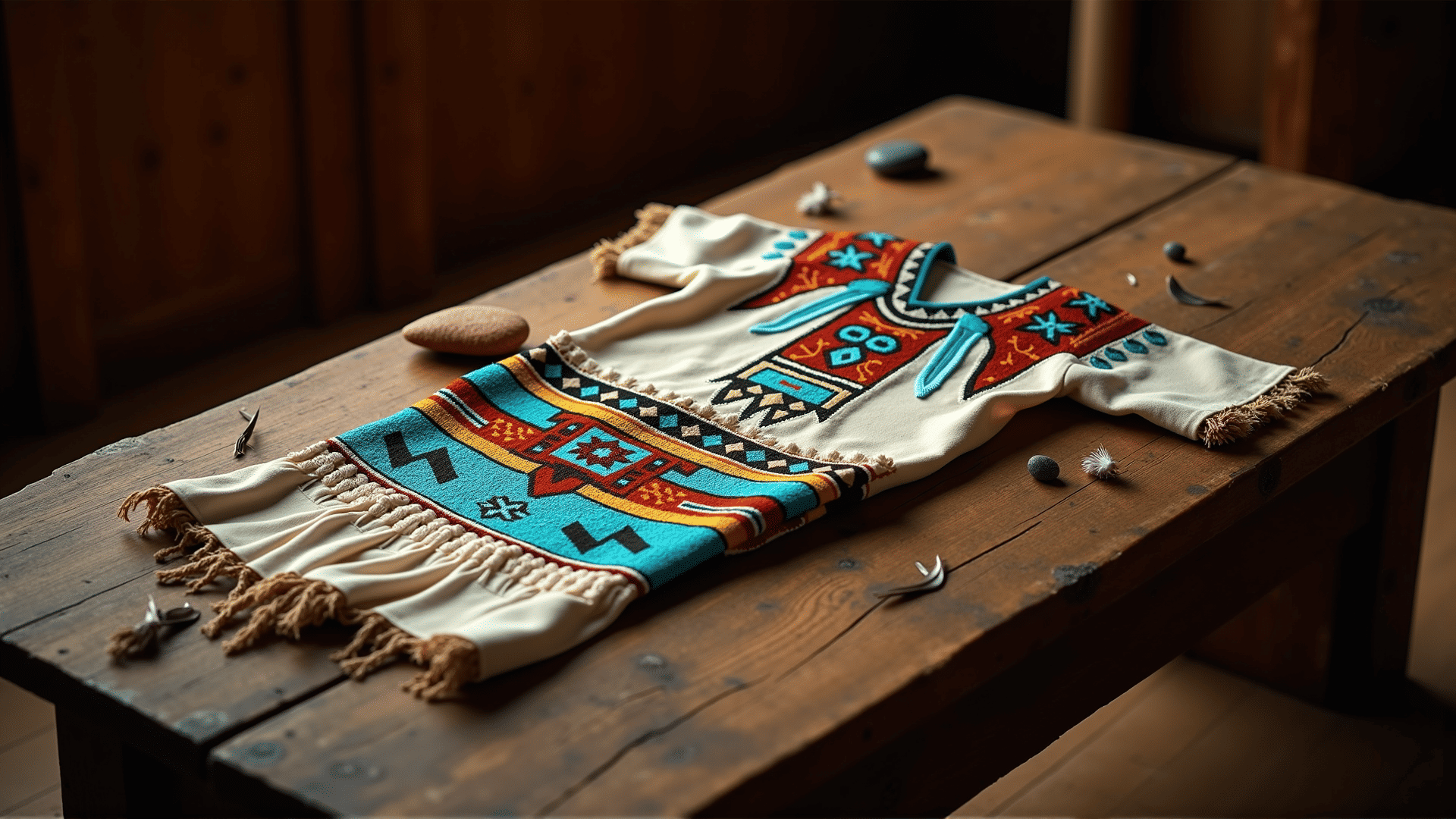Indigenous American attire serves as a vibrant expression of cultural identity and a testament to a deep connection with nature. Each piece of traditional clothing is rich with symbolism, carrying the stories and histories of the tribes it represents. The materials used, colors chosen, and designs woven into each garment speak to a way of life steeped in tradition.
Across North America, Indigenous tribes developed unique clothing styles deeply influenced by their environment. Tribes in colder regions, like the Inuit, utilized animal hides and furs, crafting garments that provided essential warmth. In contrast, tribes in more temperate climates, such as the Navajo, used woven fabrics and incorporated designs that mirrored the landscapes around them. Each region's attire is a direct reflection of its environment and natural resources.
The connection to the land is often symbolized through the use of specific materials and motifs. Feathers, beads, and shells are common embellishments, each with its own cultural significance. For example, eagle feathers are held in high esteem across many tribes, representing bravery and spiritual wisdom. Similarly, quillwork, a technique using dyed porcupine quills, is not only an art form but also a reflection of the profound relationship between the people and their surroundings.
Patterns and colors play a profound role in Indigenous dress, often signifying ceremonial or societal status. Brightly colored beads and intricate patterns may represent important stories or spiritual beliefs, with each hue and design being carefully selected to convey specific meanings. For some tribes, red could signify life and faith, while blue might be associated with wisdom and intuition.
The creation of Indigenous garments is a meticulous process passed down through generations, where young artisans learn from elders, ensuring the preservation of cultural heritage. This craftsmanship is not just about crafting attire; it is a ritual that solidifies community ties and pays homage to ancestors. The hands that weave these garments interlace threads, not just of fiber, but of history and tradition.
Furthermore, traditional attire often plays a role in important cultural ceremonies and rituals. Clothing is selected specifically for these events, with each piece reflecting the significance of the occasion. From weddings to spiritual gatherings, attire is used to communicate respect, honor, and continuity.
In contemporary times, Indigenous attire continues to evolve while preserving its historical significance. Many artists and cultural leaders are finding ways to bridge the traditional with the modern, creating pieces that honor their heritage while also expressing their unique contemporary perspectives.
Understanding the depth and meaning behind Indigenous American dress offers profound insights into the cultural identities and enduring ties to the natural world. It invites respect for the rich traditions and the continued resilience of these communities, reminding us all of the importance of clothing that tells a deeper story, rooted in the very fabric of history and the earth itself.
